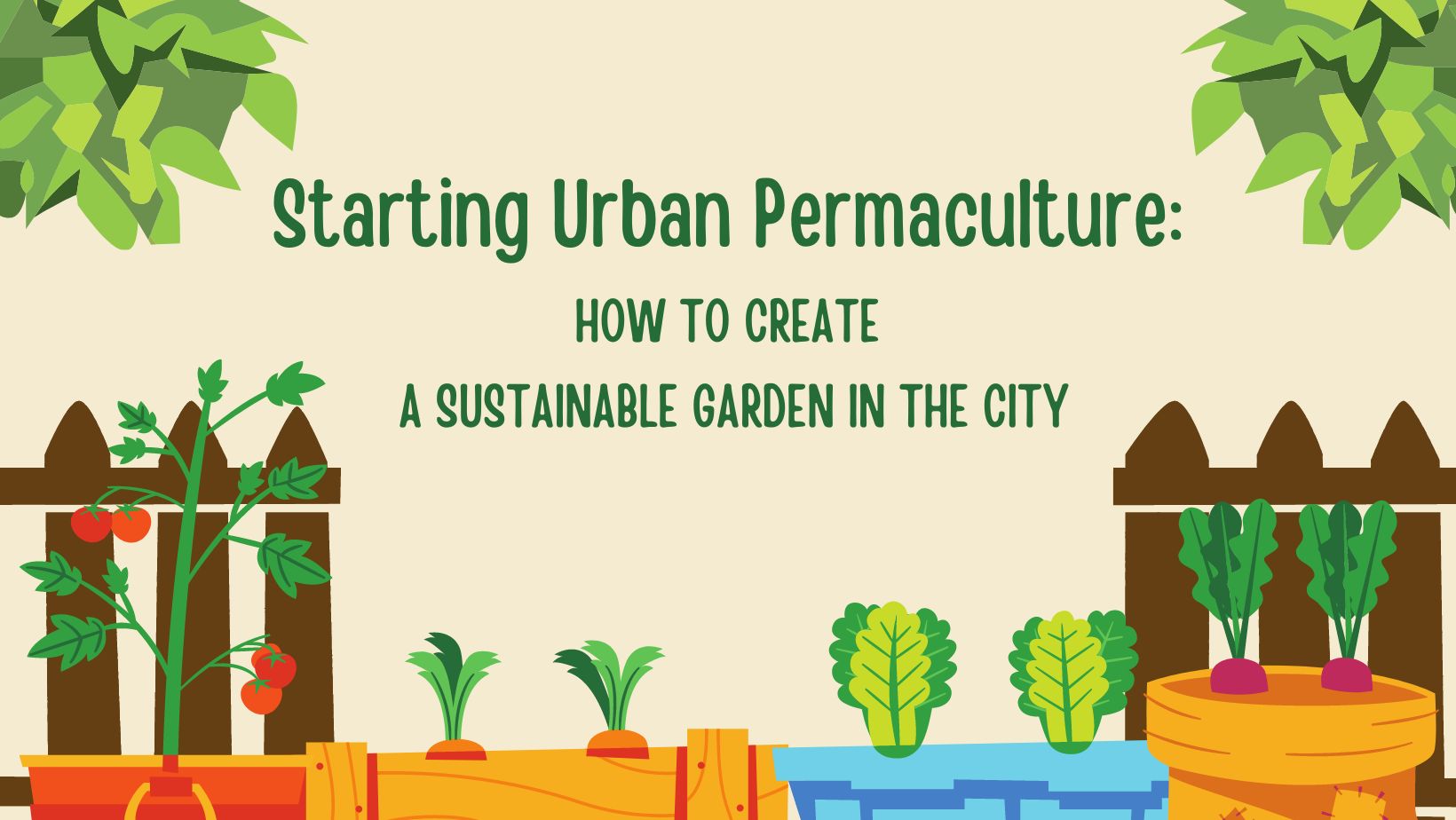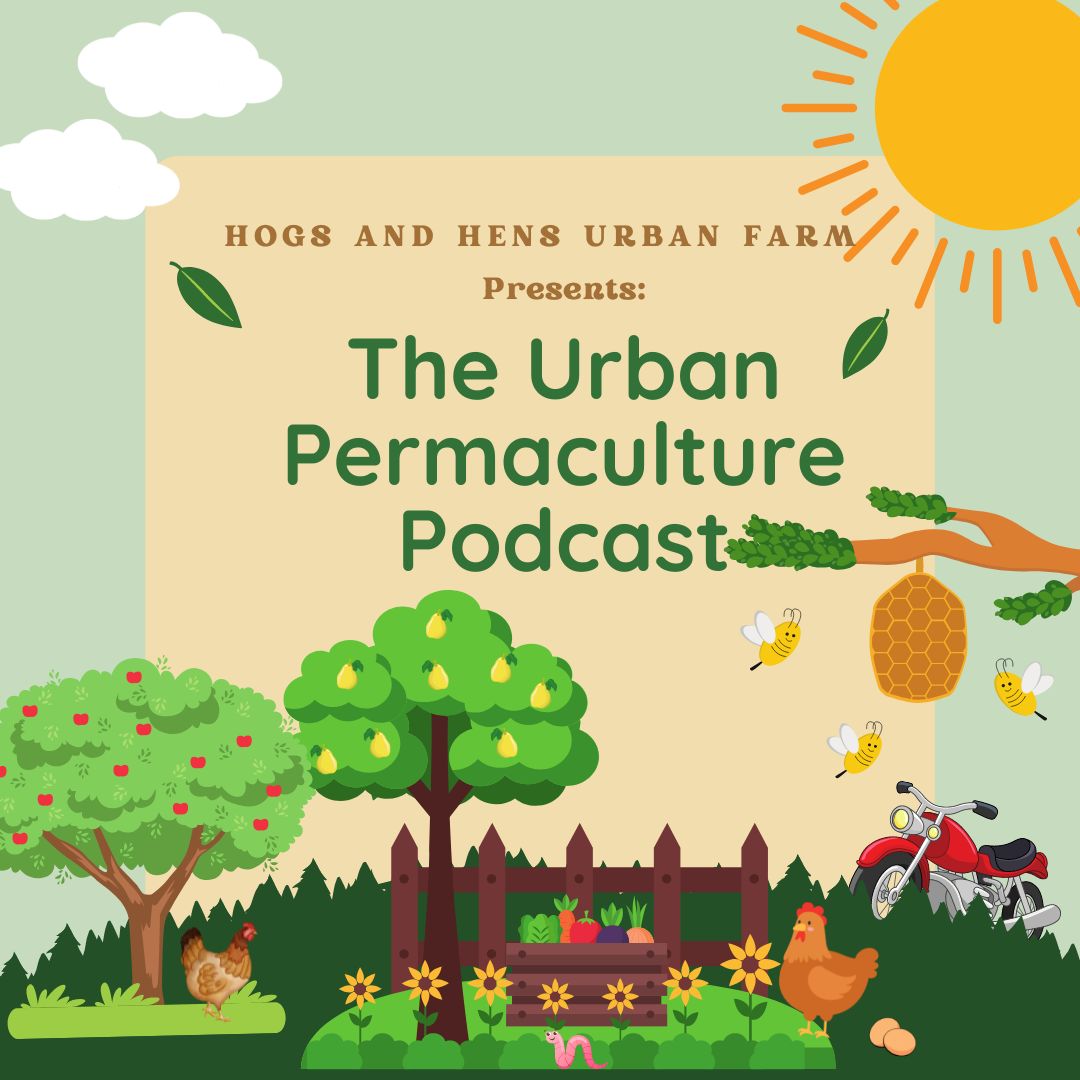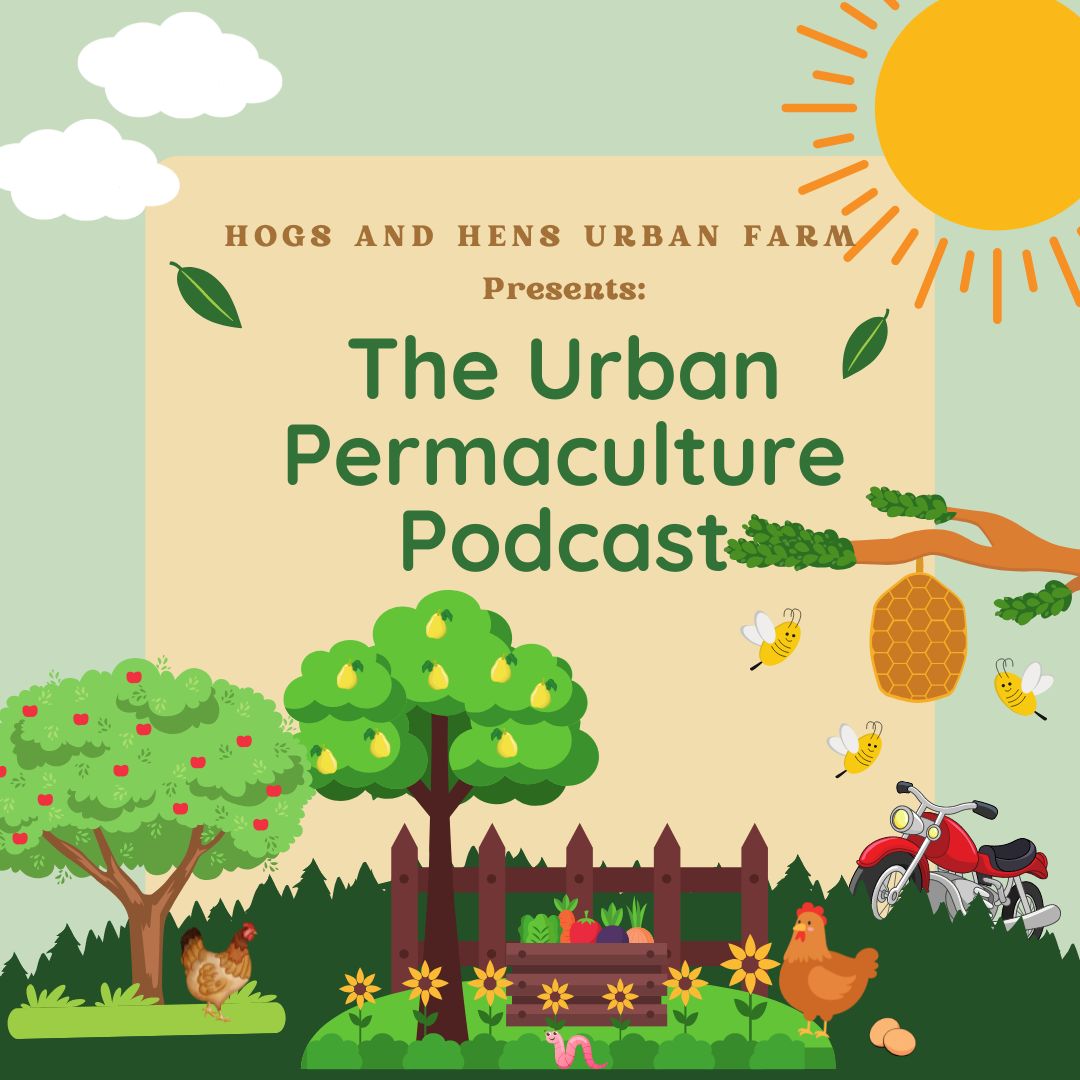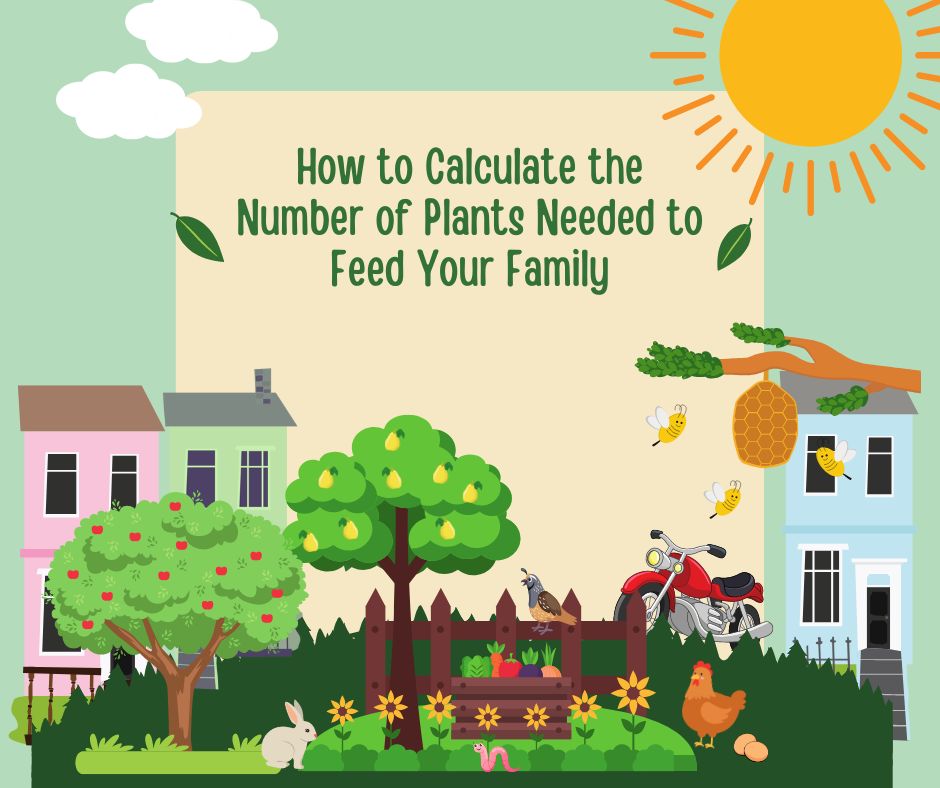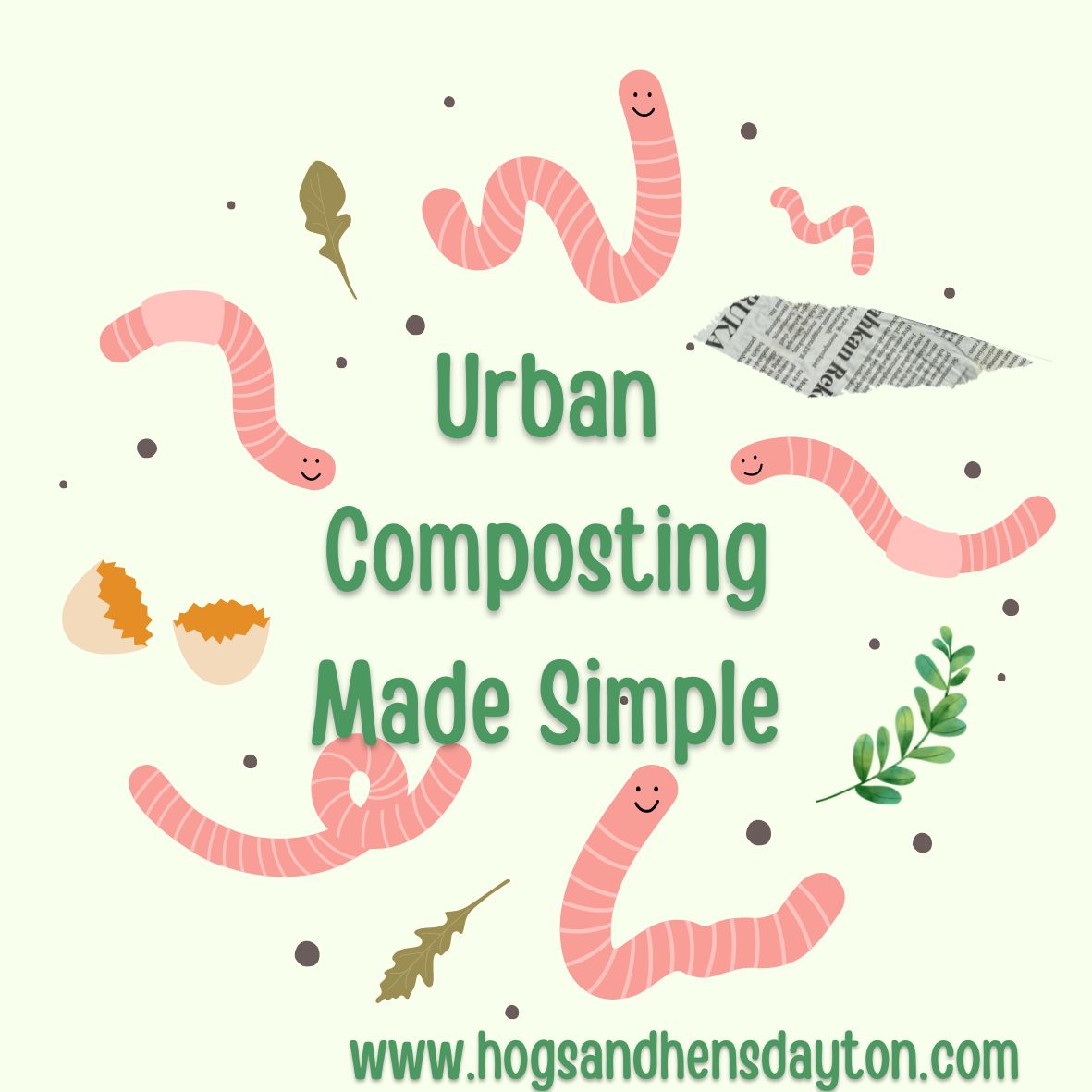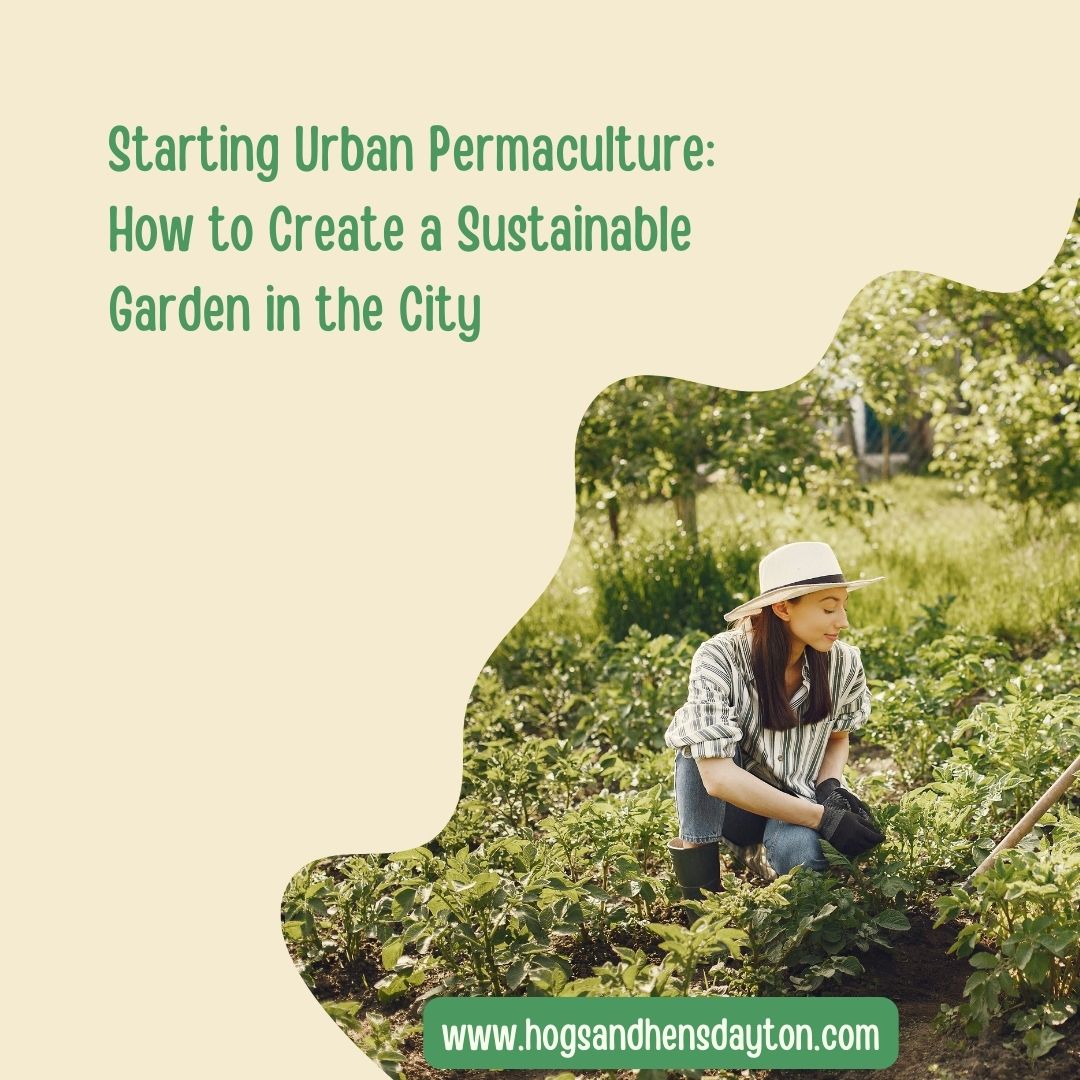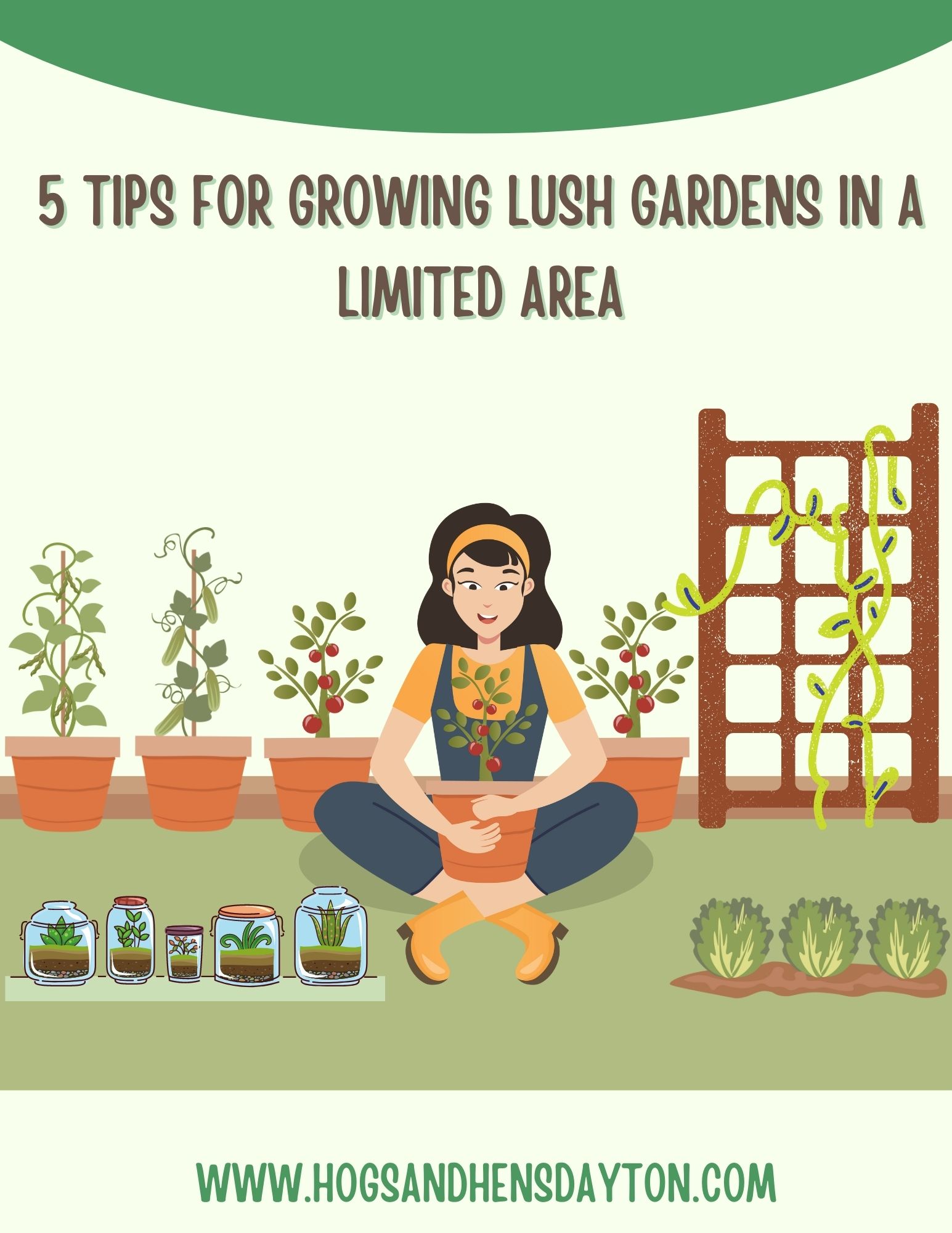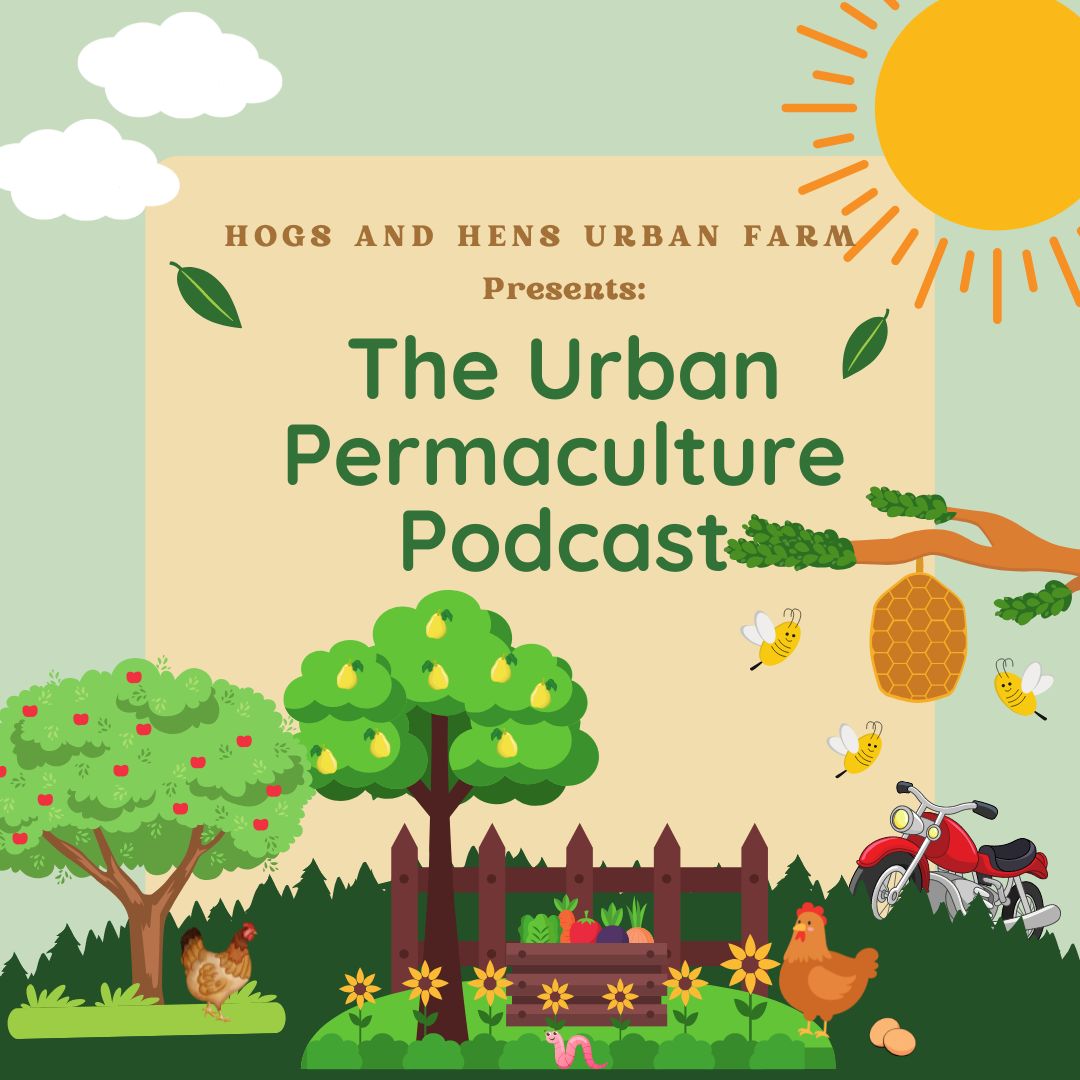
Permaculture is a sustainable and holistic approach to gardening that aims to create a self-sustaining ecosystem that produces food and other resources. While permaculture is often associated with rural areas, it’s absolutely possible to create a permaculture garden in an urban environment. In fact, urban permaculture is becoming increasingly popular as more people seek to grow their own food and reduce their environmental impact. Here are some tips for starting your own urban permaculture garden.
Assess Your Space
The first step in starting in permaculture is to assess your space. Consider the amount of sunlight your space receives, the type of soil you have, and the size of your space. Even small spaces like balconies and rooftops can be used to create a permaculture garden. Think creatively about how you can make the most of your space, whether that means using vertical space, creating raised beds, or using containers. Getting your soil tested is a great way to learn more about what amendments may be needed, as well as what types of plants will thrive in your current soil conditions. You’ll want to research things like your growing zone to determine when your first and last frost dates fall so that you are planting things that are suitable for your climate.
Choose Your Plants
When choosing plants for your garden, look for plants that are well-suited to your climate and soil type. Consider planting a mix of annual and perennial plants, including fruit trees, shrubs, and vegetables. In permaculture, diversity is key, so aim to plant a mix of plants that support each other and create a self-sustaining ecosystem. You’ll also want to be sure you are planting things that you will actually benefit from growing. Keep in mind that benefits do not need to be exclusive to feeding you and your family. We grow a host of plants merely for the aesthetics, increasing pollinator activity, improving soil health, and creating shade for other beneficial plants for example.
Incorporate Companion Planting
Companion planting is a technique that involves planting different plants together that have mutually beneficial relationships. For example, planting marigolds with tomatoes can help repel pests, while planting beans with corn can help fix nitrogen in the soil. Incorporating companion planting into your permaculture garden can help create a healthier and more sustainable ecosystem. There are dozens of resources available to help you learn about which plants are great to plant together, and which can result in more difficult growing conditions. Check out Episode 9 on The Urban Permaculture Podcast for a really extensive list of common companion plants.
Build Healthy Soil
Healthy soil is the foundation of any successful permaculture garden. In urban areas, the soil is often depleted or contaminated, so it’s important to build healthy soil by adding organic matter, compost, and other soil amendments. You can also consider using raised beds or container gardens filled with healthy soil to ensure that your plants have the nutrients they need to thrive.
Use Sustainable Practices
Permaculture is all about sustainability and regeneration, so it’s important to use sustainable regenerative practices in your garden. This includes using organic fertilizers and pesticides, conserving water, and reducing waste. You can also incorporate sustainable practices like rainwater harvesting, composting, and using recycled materials in your garden. We often repurpose items around our home as a means to reduce our consumption, and avoid single use items as much as possible to help reduce our overall landfill contribution for example.
Continuously Learn and Adapt
Permaculture is a lifelong learning process, so be prepared to continuously learn and adapt as you create your garden. Join a local permaculture group, attend workshops and conferences, and read books and blogs to learn more about permaculture and how to apply it in an urban environment. Definitely listen to The Urban Permaculture Podcast for some of our insight about a growing number of permaculture topics! Don’t be afraid to experiment and try new things, and be open to adapting your garden as needed. If you try something new and happen to have less than desirable results, remember to use them as a learning experience and adapt. We’ve adjusted our seed starting setup several times to get the best results and we’ll likely continue to adjust as we continue to grow.
In conclusion, starting an urban permaculture garden is a great way to create a sustainable and self-sustaining ecosystem in the city. By assessing your space, choosing the right plants, incorporating companion planting, building healthy soil, using sustainable practices, and continuously learning and adapting, you can create a beautiful and productive permaculture garden that supports both you and the environment. These practices allow you to leave a lasting positive impact on our planet for generations to come!

